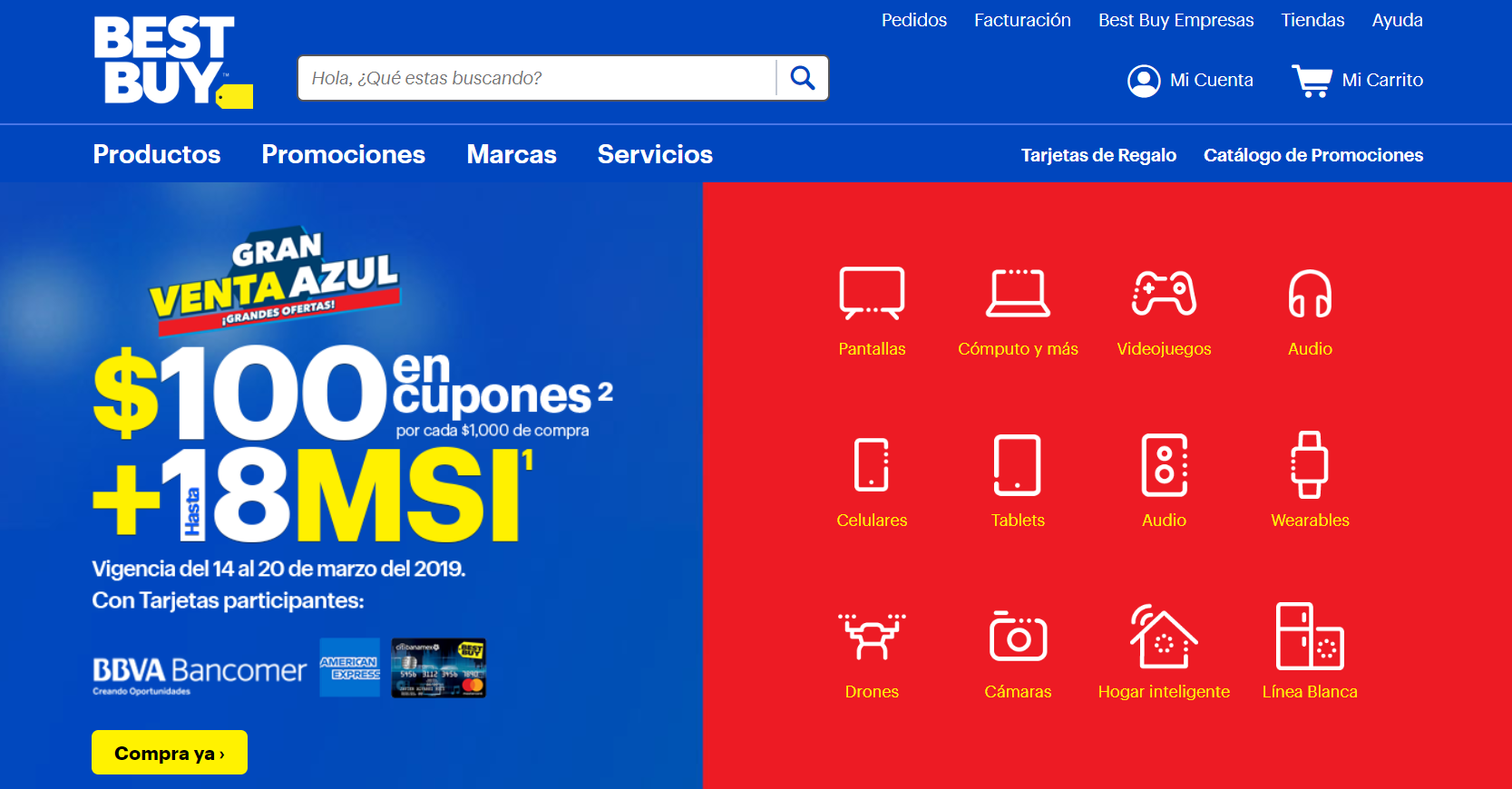Vernier Turbidity Sensor Trb-bta: Understanding Key Features, Comparisons, Manuals, And Reputable Buying Options
Vernier Turbidity Sensor TRB-BTA Information
Introduction
The Vernier Turbidity Sensor TRB-BTA is a portable and easy-to-use sensor that measures the turbidity of water samples. Turbidity is a measure of the cloudiness or haziness of water, and it is an important indicator of water quality. Water with high turbidity is cloudy and murky, while water with low turbidity is clear and transparent.
The Vernier Turbidity Sensor uses a nephelometer to measure turbidity. A nephelometer is a device that measures the amount of light scattered by particles in a liquid. The Turbidity Sensor uses an infrared LED to shine light into a cuvette containing the water sample. The light is scattered by the particles in the water, and the amount of scattered light is measured by a photodiode. The sensor then converts the amount of scattered light into a turbidity reading in NTU (nephelometric turbidity units).
The Vernier Turbidity Sensor is a valuable tool for scientists, engineers, and students who need to measure the turbidity of water samples. It is easy to use and can be used in a variety of settings, including the field, the laboratory, and the classroom.
Image
Specifications
| Specification | Value |
|---|---|
| Range | 0 to 200 NTU |
| Typical Resolution | 0.25 NTU |
| Accuracy | ±2 NTU for readings under 25 NTU |
| ±5% of readings above 25 NTU | |
| LED wavelength | 890 nm |
| Dimensions | 5.7 x 2.8 x 1.3 cm |
| Weight | 25 g |
Features
- Measures turbidity in NTU
- Easy to use
- Portable
- Durable
- Comes with calibration standard
- Compatible with Vernier Logger Pro software
What's in the box
- Turbidity Sensor
- Calibration standard
- Cuvette
- Instruction manual
Applications
- Monitoring water quality
- Studying the effects of pollution on water
- Determining the effectiveness of water treatment
- Researching the behavior of algae and other microorganisms
- Teaching students about water quality
Conclusion
The Vernier Turbidity Sensor TRB-BTA is a versatile and easy-to-use tool for measuring the turbidity of water samples. It is a valuable resource for scientists, engineers, and students who need to measure the quality of water.
Vernier Turbidity Sensor TRB-BTA Compare with Similar Item
a comparison of the Vernier Turbidity Sensor TRB-BTA with two similar products:
| Feature | Vernier TRB-BTA | Hach 2100Q | InLab Turbidimeter 10 |
|---|---|---|---|
| Measurement range | 0-100 NTU | 0-1000 NTU | 0-1000 NTU |
| Accuracy | ±1 NTU | ±2 NTU | ±2 NTU |
| Resolution | 0.1 NTU | 0.1 NTU | 0.1 NTU |
| Sample volume | 2 mL | 5 mL | 5 mL |
| Interface | Vernier Interface | USB | USB |
| Software | Vernier Logger Pro | Hach Water Quality Data Manager | InLab Expert |
| Price | $129 | $399 | $599 |
Vernier Turbidity Sensor TRB-BTA
- Pros: Affordable, easy to use, small and portable
- Cons: Limited measurement range, not as accurate as some other models
Hach 2100Q
- Pros: Wide measurement range, accurate, durable
- Cons: More expensive, larger and heavier than the Vernier TRB-BTA
InLab Turbidimeter 10
- Pros: Very accurate, high resolution, comes with professional software
- Cons: Very expensive, not as portable as the Vernier TRB-BTA
Which one is right for you?
The Vernier Turbidity Sensor TRB-BTA is a good choice for students and hobbyists who need a basic turbidity sensor. It is affordable, easy to use, and small and portable. However, it has a limited measurement range and is not as accurate as some other models.
The Hach 2100Q is a good choice for professionals who need a more accurate and versatile turbidity sensor. It has a wide measurement range, is very accurate, and is durable. However, it is more expensive and larger and heavier than the Vernier TRB-BTA.
The InLab Turbidimeter 10 is the most accurate turbidity sensor on the market. It has a high resolution, comes with professional software, and is very durable. However, it is very expensive and not as portable as the Vernier TRB-BTA or the Hach 2100Q.
Ultimately, the best turbidity sensor for you will depend on your specific needs and budget.
Vernier Turbidity Sensor TRB-BTA Pros/Cons and My Thought
The Vernier Turbidity Sensor TRB-BTA is a portable and easy-to-use sensor that measures the turbidity of water samples. It is a valuable tool for students, scientists, and environmental professionals who need to measure the clarity of water.
Pros:
- The sensor is small and lightweight, making it easy to transport.
- It is easy to set up and use.
- The sensor has a wide measurement range, from 0 to 200 NTU.
- The accuracy of the sensor is ±2 NTU for readings under 25 NTU and ±5% of readings above 25 NTU.
- The sensor comes with a 100 NTU turbidity standard for easy calibration.
- The sensor is compatible with a variety of Vernier dataloggers and software.
Cons:
- The sensor is only intended for educational use.
- The sensor is not waterproof, so it must be protected from moisture.
- The sensor is relatively expensive.
User Reviews:
Positive:
- "This sensor is great for measuring the turbidity of water samples. It is easy to use and the results are accurate."
- "I use this sensor in my science classes and my students love it. It is a great way to teach them about turbidity and water quality."
- "I am an environmental scientist and I use this sensor to measure the turbidity of water samples in the field. It is a reliable and accurate tool."
Negative:
- "The sensor is a bit expensive, but it is worth the price."
- "The sensor is not waterproof, so you have to be careful not to get it wet."
My Thoughts:
Overall, the Vernier Turbidity Sensor TRB-BTA is a great tool for measuring the turbidity of water samples. It is easy to use, accurate, and portable. The only downside is that it is relatively expensive. However, if you need a reliable and accurate turbidity sensor, I would definitely recommend this product.
In addition to the pros and cons listed above, here are some other things to consider when purchasing the Vernier Turbidity Sensor TRB-BTA:
- The sensor requires a Vernier datalogger or software to function.
- The sensor is not suitable for industrial or commercial applications.
- The sensor should be stored in a cool, dry place.
I hope this information is helpful. Please let me know if you have any other questions.
Vernier Turbidity Sensor TRB-BTA Where To Buy
Here are some places where you can buy the Vernier Turbidity Sensor TRB-BTA and spare parts:
- Vernier's website: You can buy the sensor directly from Vernier's website. This is the most expensive option, but you will get the sensor brand new and with a warranty.

- Walmart: Walmart sells the sensor for a slightly lower price than Vernier's website. You can also get free shipping if you have a Walmart+ membership.

- Amazon: Amazon is another good option for buying the sensor. You can often find it on sale, and there are many sellers to choose from.

- Best Buy: Best Buy also sells the sensor, and you can often find it on sale. You can also pick it up in store if you prefer.

- Lowes: Lowes sells the sensor, but it is not always in stock. You can also check their website for online availability.

- eBay: eBay is a good option if you are looking for a used sensor or a spare part. You can often find good deals on eBay, but be sure to check the seller's feedback before you buy.

I hope this helps!
Vernier Turbidity Sensor TRB-BTA Problems and Solutions
some common issues and problems with the Vernier Turbidity Sensor TRB-BTA, along with their solutions:
Issue: The sensor is giving negative readings. Solution: This is usually caused by air bubbles in the cuvette or standard solution. To fix this, gently invert the cuvette or standard solution four times to mix in any air bubbles.
Issue: The sensor is giving readings that are too high or too low. Solution: This is usually caused by a dirty sensor or a problem with the calibration. To fix this, clean the sensor with a soft, lint-free cloth and recalibrate the sensor.
Issue: The sensor is not working at all. Solution: This is usually caused by a problem with the power supply or the interface. To fix this, make sure that the sensor is connected to a working power supply and a compatible interface.
Issue: The sensor is stuck in the cuvette. Solution: To get the sensor out of the cuvette, gently twist the sensor while pulling it out. If this does not work, you can try using a small amount of lubricant to help loosen the sensor.
Here are some additional tips for using the Vernier Turbidity Sensor TRB-BTA:
- Always warm up the sensor for at least 5 minutes before using it.
- Use distilled water to rinse the cuvette before adding the sample water.
- Do not shake the sample water, as this can introduce air bubbles.
- Take readings soon after placing the cuvette in the sensor, as particles in the water will settle over time and affect the readings.
I hope this helps!


Comments
Post a Comment